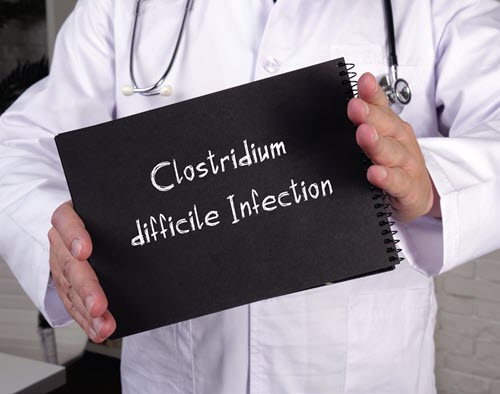Get the Skinny on C. diff Isolation
Question: What’s the protocol for a resident who is experiencing symptoms of C. diff? Can we code isolation for any resident with symptoms? Kansas Subscriber Answer: To code isolation on the MDS, the resident must meet five requirements, says Kris Mastrangelo, OTR/L, LNHA, MBA, president and CEO of Harmony Healthcare International in Topsfield, Massachusetts. The requirements include diagnosis, physician order, bed placement, plan of care, and documentation. In nursing homes, Clostridium difficile (C. diff) can be a major problem, particularly because it can spread really easily. The symptoms of infection include watery diarrhea, fever, loss of appetite, nausea, and pain/tenderness in the abdomen. If you or staff notice that a resident experiences three or more stools within 24 hours, and isn’t taking laxatives or stool softeners or anything else that might produce such a situation, someone should order a C. diff test and start the following protocols, Mastrangelo says: If the resident tests positive for C. diff, make sure staff clean their room surfaces thoroughly, daily, using an EPA-approved disinfectant capable of killing spores. Implement other means of infection control and prevention and notify facilities appropriately if the resident needs to transfer.

